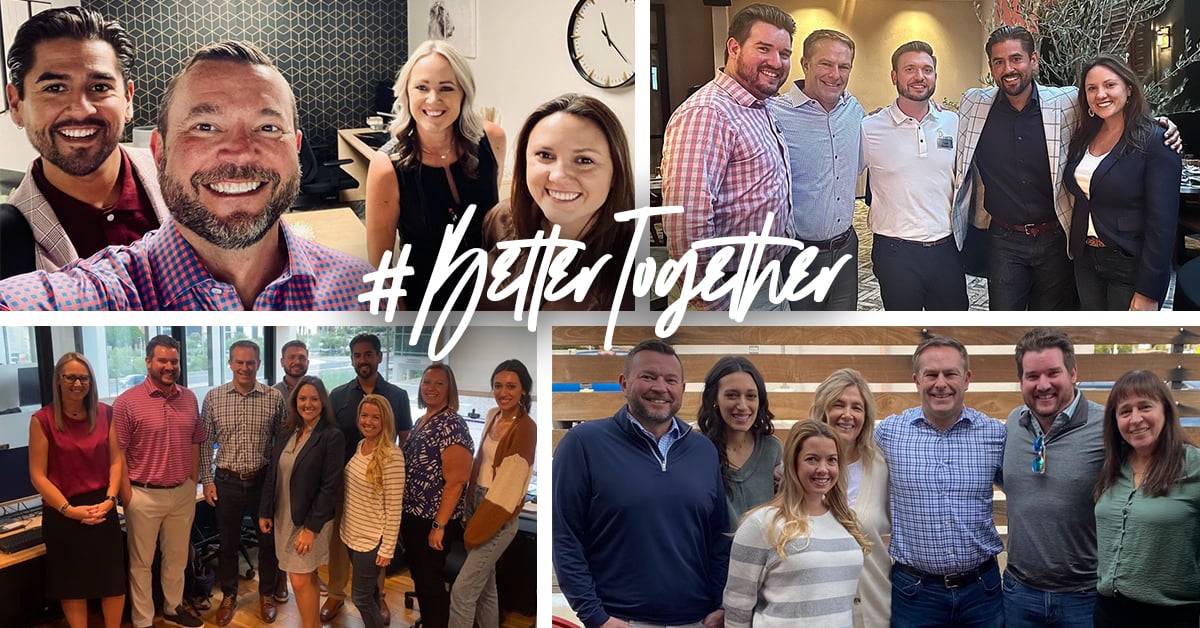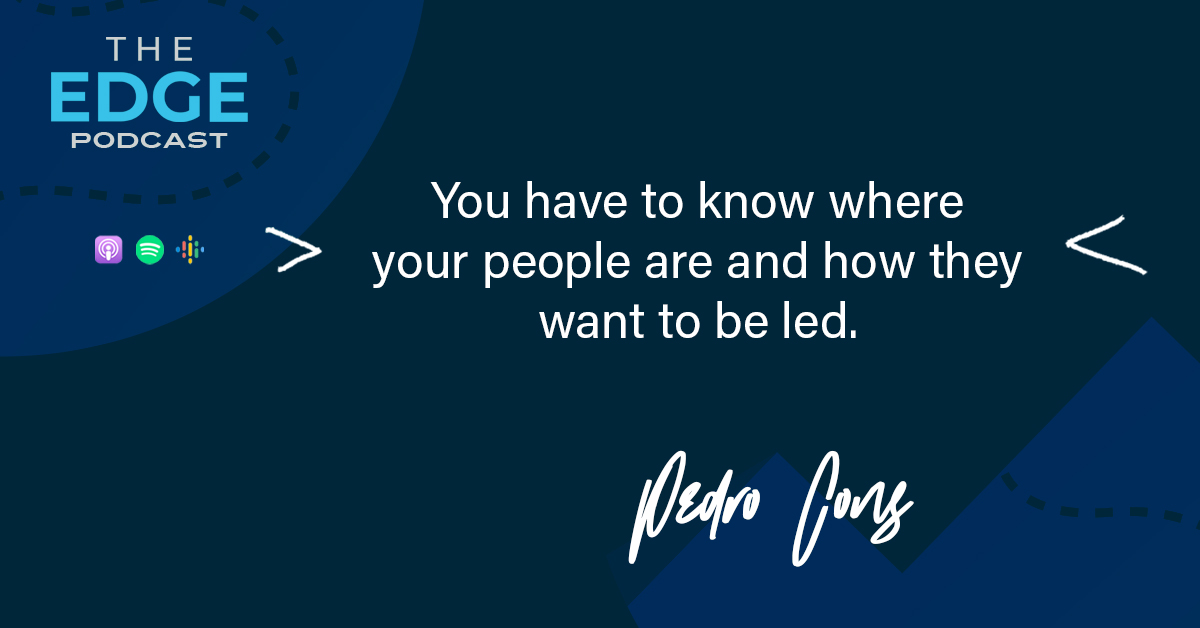
I was recently reflecting on what makes our Arizona team collaboration so great & how we have all been able to connect so easily, then it hit me: we are all comfortable with being uncomfortable.
I find this attribute to be a powerful connector that often gets overlooked. As a newly formed office in a new city, despite our nearly 100-year-old history in the Midwest, it has taken courage, grind, grit, and immense trust and teamwork to build out the structure and success we have today.
All 11 of us (and growing) have stepped out of known situations and have taken a leap of faith into something more unknown. Some of us have moved across the country to a new city, some have transitioned from being buyers to consultants, others are learning the industry, and some of the team members have taken on new roles...and the list goes on. It is the willingness to step out of our comfort zone, take on new challenges, and place trust in one another that I believe has been such a strong connector. This transformational mindset not only helps us individually achieve personal success & growth, but also fosters a dynamic, creative, and resilient team environment.
Finding what attributes bring your team together can be powerful. Discovering these common characteristics can result in:
- Alignment: Identifying common attributes helps align team members around a shared purpose and vision, fostering a sense of unity and direction.
- Improved Communication: Recognizing shared attributes can improve communication by helping team members understand each other's perspectives, motivations, and working styles.
- Enhanced Team Dynamics: Discovering common values and qualities allows the team to build on its strengths and work more cohesively, ultimately improving overall team performance.
- Cultural Cohesion: Common attributes create a unique team culture that distinguishes it from other groups within the organization, promoting a sense of belonging and identity.
- Conflict Resolution: Understanding shared attributes can help in resolving conflicts by highlighting common ground and promoting empathy among team members.
- Better Decision-Making: Teams with a clear understanding of their shared attributes can make more informed decisions that align with their collective values and objectives.
- Recruitment and Onboarding: Knowing the team's common attributes can guide the recruitment process by seeking candidates who complement the existing team culture. It can also facilitate smoother onboarding for new team members.
- Continuous Improvement: Recognizing shared attributes allows the team to identify areas for improvement and growth, enabling them to evolve and adapt to changing circumstances effectively.
- Team Motivation: Discovering common attributes can be a source of motivation and pride for team members, as they see how their shared values contribute to their success.
- Long-Term Success: Teams that understand their common attributes are better equipped to navigate challenges, sustain high performance, and achieve long-term success.
But how do you discover these commonalities?
There are several ways to go about it, here are a few I have found helpful. Consider the one(s) best suited for your team.
- Team Surveys: Conduct anonymous surveys to gather insights on team members' experiences, values, and strengths. Ask questions about their working styles, preferences, and what they believe makes the team successful.
- Individual Interviews: Schedule one-on-one conversations with team members to discuss their perceptions of the team's dynamics, shared values, and the qualities they think define the team.
- Observation and Feedback: Actively observe team interactions and dynamics during meetings, projects, and daily work. Encourage open feedback sessions where team members can share their observations and insights.
- Review Team History: Examine the team's past achievements, challenges, and the characteristics that contributed to successes or setbacks. Look for recurring themes or patterns.
- Assessment Tools: Utilize personality assessments (ex: Myers-Briggs Type Indicator (MBTI), DiSC, Working Genius) to understand team members' traits and how they align or contrast with each other.
- Brainstorming Sessions: Organize brainstorming sessions where team members can freely discuss their perceptions of shared attributes and values that define the team.
With a little bit of discovery and genuine interest in finding commonality, I believe a team will quickly realize just how much they truly have in common.
This can be especially important if a team is going through obstacles, people changes, or even low performance. However, a team does not have to be going through challenging times for this to be a meaningful endeavor. I personally believe this should be common practice in all organizations, especially new teams, to build solid foundations, grow trust, and foster connectivity.
#BetterTogether



